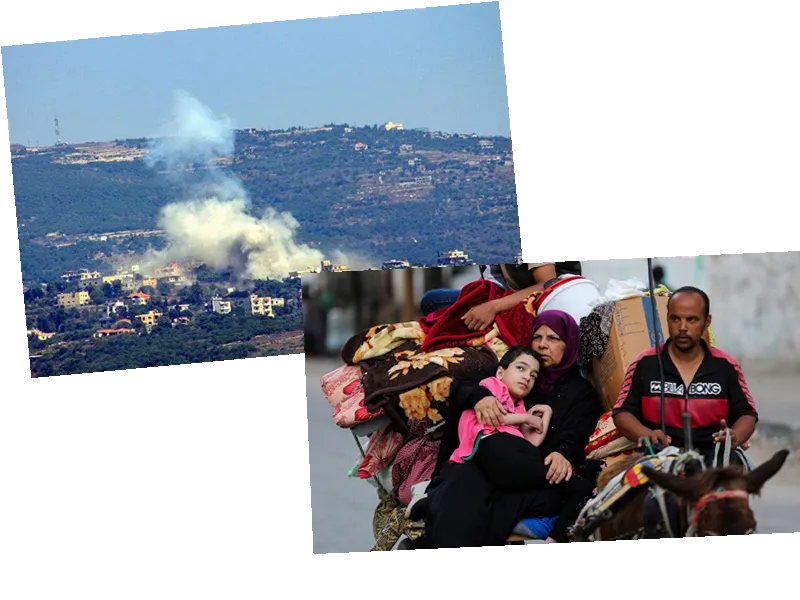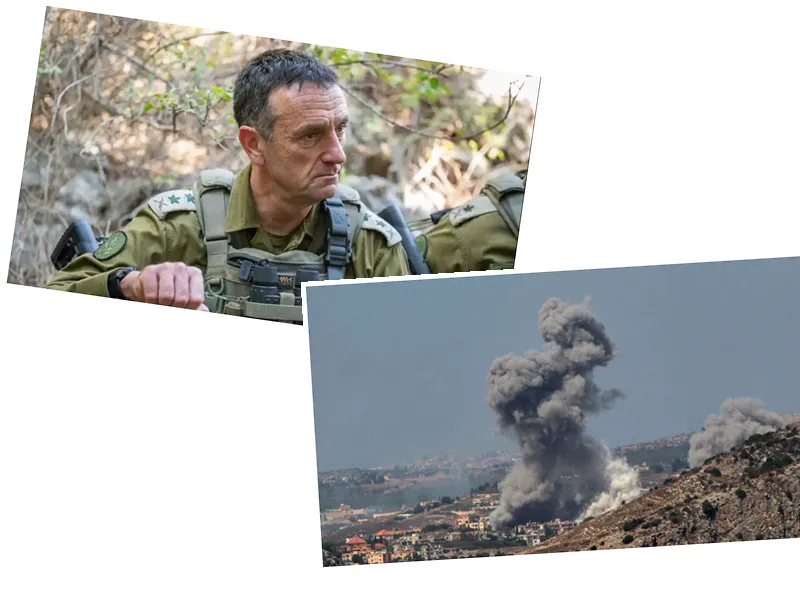Renewed IDF Operations in Gaza
The IDF has resumed operations in the Sajaiya neighborhood of Gaza, resulting in the deaths of two Israeli soldiers from the Parachute Brigade and the 7th Armored Brigade. This renewed fighting is part of the IDF's third phase of the war in the Gaza Strip, which includes targeted raids based on operational needs and intelligence. The goal is to prevent Hamas from re-establishing its presence in areas previously cleared by the IDF.
Netanyahu's Stand on Multiple Fronts
Prime Minister Benjamin Netanyahu visited the Northern Command, emphasizing that victory will be achieved there as well. The IDF is preparing for potential conflict with Hezbollah, despite the absence of an arms shipment from the USA. The northern border remains tense, with UAVs from Lebanon entering Israeli airspace, prompting alerts in Kiryat Shmona and Tel Hai. Meanwhile, international pressures are mounting, with other countries advising their citizens to leave Lebanon and Iran threatening severe retaliation if Israel initiates a conflict there.
International Reactions and Internal Criticism
International media have focused on Netanyahu's multi-front war strategy, including battles against Hamas, Hezbollah, and internal dissent. Critics argue that Netanyahu is keeping Israelis in a state of confusion to maintain support for his government. Additionally, the Pentagon has launched an investigation into the feasibility of the American floating dock in Gaza. Concerns are also rising in the Biden administration regarding Israeli Finance Minister Bezalel Smotrich's actions towards the Palestinian Authority, which is expected to play a role in Gaza's post-war management. Efforts by the US to de-escalate tensions between Israel and Hezbollah have faced significant challenges.
- The IDF's operations in Rafah mark the completion of the second phase of their strategy in Gaza. With the disbanding of four Hamas battalions in Rafah, the IDF will shift focus to targeted raids as part of the third phase. These operations aim to dismantle remaining Hamas structures and prevent their resurgence.
- Despite the heavy toll on Israeli society and the prolonged conflict, the primary objectives of the war, such as the complete dismantling of Hamas's military and governmental capabilities, remain unachieved. Hamas still holds numerous hostages, and Israel lacks sufficient leverage to negotiate their release.
- The situation on the northern front remains precarious, with UAV incursions from Lebanon adding to the tension. The Israeli government is taking measures to prepare for potential conflict with Hezbollah, although the political leadership is keen to avoid war due to its high costs.
- Internationally, the US is actively involved in trying to stabilize the region. The Pentagon's investigation into the floating dock in Gaza highlights the complexities of delivering aid amidst ongoing conflict. Meanwhile, the Biden administration's concerns about Israeli policies towards the Palestinian Authority underscore the broader geopolitical implications of the conflict.






